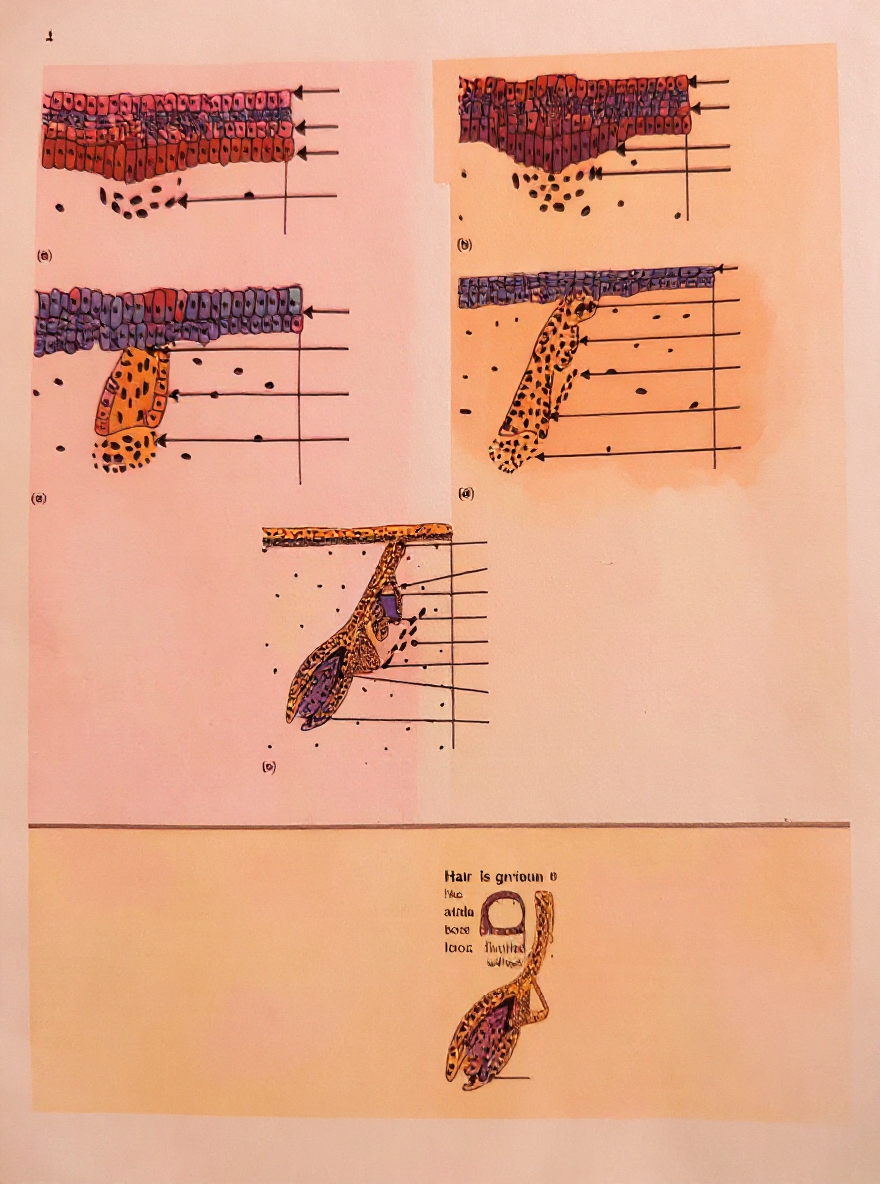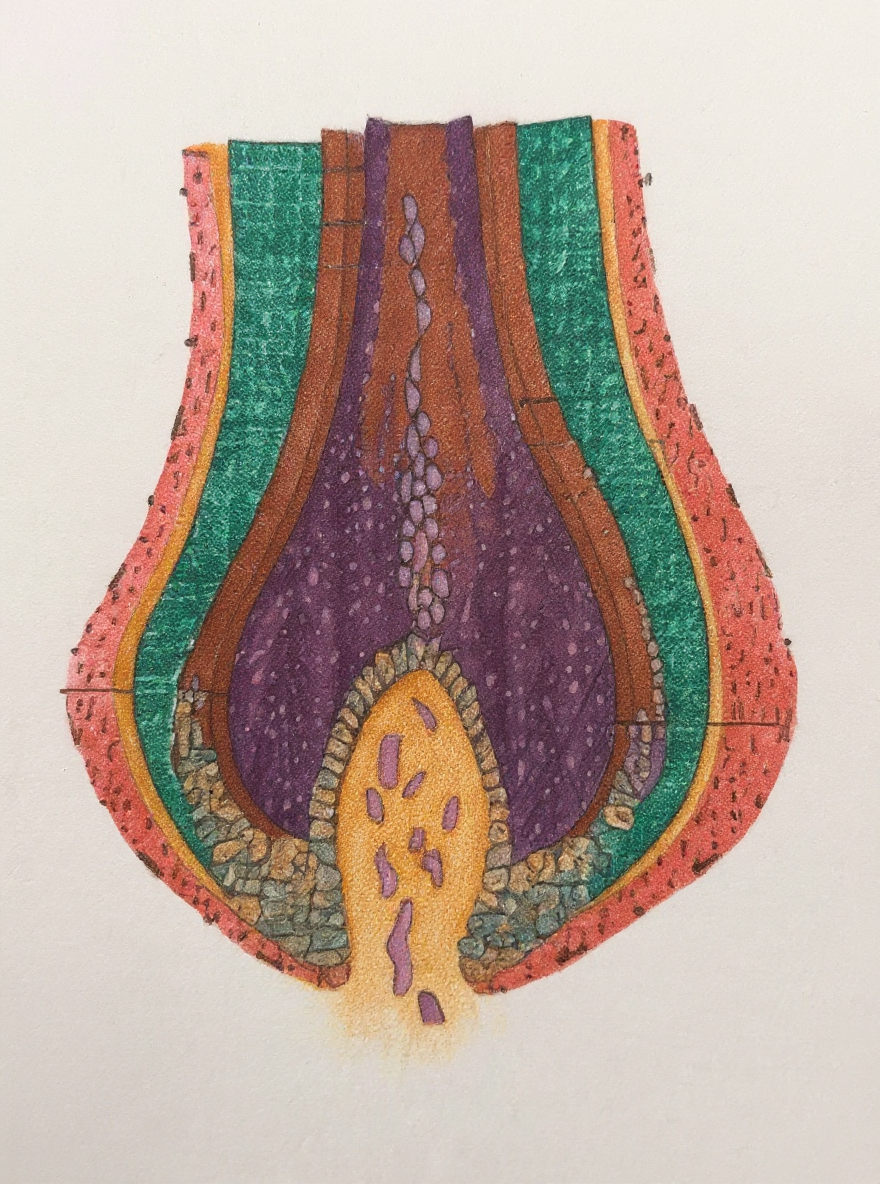SUCCESSFUL HAIR TRANSPLANT
- Ali Kortay

- Aug 16
- 2 min read
Updated: Sep 10
This is an imperative point that many people think Hair is just hair. For us, Hair means an organ. Hair Transplant means Organ Transplant. This is as serious as it gets. Believe me, this is not an exaggeration.
The bulb is the widened base of the follicle. Inside it, fast-dividing matrix cells make the hair shaft and inner root sheath. The dermal papilla (DP) sits like a small cap of specialised connective tissue at the base and carries blood supply and growth signals (e.g., Wnt/BMP pathways) to the matrix. Pigment cells here load melanin into the growing shaft.

Why it matters in surgery: If the bulb/DP is crushed, cut, or dried, the follicle may not regrow. We therefore avoid forceps pressure on the bulb and keep it hydrated at all times.
Histology of a Hair Follicle (GRAFT)
What you’re seeing: Layered anatomy from inside out:
Hair shaft (medulla, cortex, cuticle)
Inner root sheath (IRS): cuticle of IRS, Huxley’s, Henle’s layers (guide the emerging shaft)
Outer root sheath (ORS): tough epithelial sleeve around the follicle
Glassy membrane & dermal sheath (support)
Associated structures: sebaceous gland, arrector pili muscle, and the bulge region (stem cells) near the upper third.
Why it matters in surgery: Correct depth and angle of incision respect these layers and preserve blood flow; we place grafts so the epithelial/dermal interface sits at the right level in the recipient site.

What a “Follicular Unit” (FU) Actually Is (GRAFT)
A follicular unit (hair graft) is a natural bundle that usually contains 1–4 terminal hairs (sometimes a tiny vellus), plus the sebaceous gland, arrector pili attachment, and surrounding perifollicular tissue.
Why it matters: Transplanting intact natural units gives hair that looks natural in density and direction. Singles are ideal for the soft front line; doubles/triples build density behind.
How We Avoid Damaging the Follicular Unit

Key protections you can see reflected in the figure and our protocol:
Angle-matched scoring: Punch follows the hair’s exit angle to reduce transection of bulbs/DP.
Depth control: Score just beyond the arrector pili level; avoid cutting into the bulb.
Appropriate punch size: Sized to hair calibre and splay so the entire FU is encompassed.
Gentle dissection: Traction + counter-traction; zero “twisting” that shears the bulb.
Hydration & cooling: Grafts stay moist in chilled isotonic solution; field irrigated to prevent desiccation.
Minimal out-of-body time: We track pickup-to-placement intervals so viability stays high.
No crush handling: Hold by the epithelial/dermal sleeve, not the bulb or papilla.
Recipient depth & angle: Placement mirrors native hair direction; depth matches the graft’s epidermal cuff to protect micro-circulation.
What do you think? Is it just graft, is it just hair transplant or do we take into consideration the imperative elements as above? Look forward to hearing from you, Ali Kortay, PhD - Dr Fevzi Kortay, MD
FUEHUB Team
.


Comments